

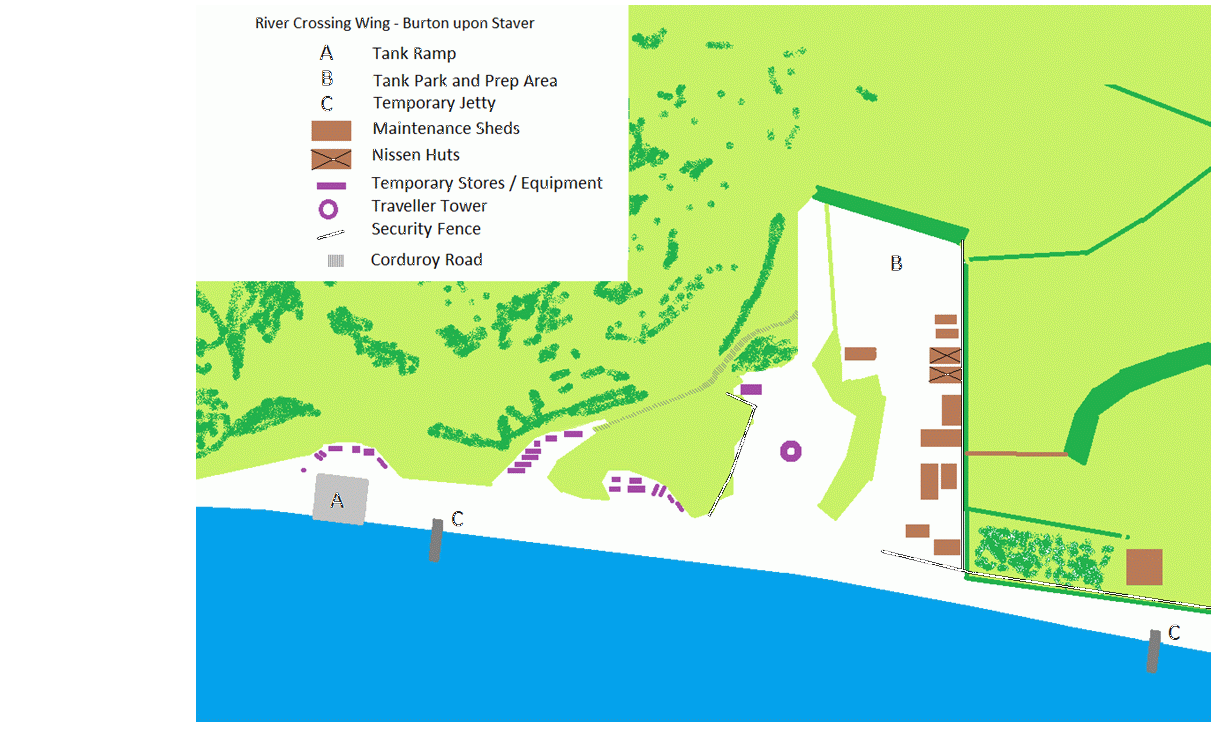
With the 79th Armoured Division poised to entter the European Theatre of War, the facilities in the UK fell to a newly formed unit, known as the Assault Training and Development Centre (ATDC). In May 1944 the Directorate of Military Training were charged with assisting the ATDC with selecting a suitable river site for the purpose of training a small cadre of unit instructors and subsequent training of a small number of squadrons for the purpose of crossing rivers using DD tanks. The criteria that was used to select such a site was based upon locating a river of similar characteristics initially to that of the Seine, as well as the Rhine and other major European rivers. The ideal river for trails would have the following characteristics:
Upon being selected, requisitioned and made secure, Artesian Works Company attended the site to create access to the Trent. They employed a ¾ cubic yard excavator with drag line and long beam, and facilitated the laying of 500 chocolate blocks. In addition, a timber and concrete slipway was constructed, along with a 300m long hogging track and corduroy road. Workshops were constructed to the south of the site, as well as a temporary summer camp for 400 men. In July 1944 the River Crossing Wing opened.
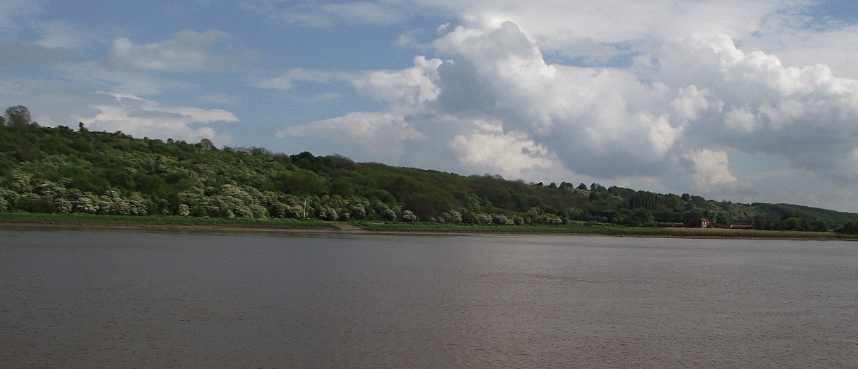
The purpose of the cadre attending Burton-upon-Stather was to develop river crossing techniques and establish a syllabus to be used for training troops. Instructors from the 79th Armoured Division Wing at Stokes Bay (Saltwater School – B Wing) were transferred to the Trent to undertake experimental trials, and perfect techniques to negotiating flowing rivers. These activities were then drawn up into a syllabus to be directed at trainee tank crews. The key priority at this time was to equip a regiment of DD tank crews with the necessary skills to cross rivers, as part of a European Operation called Axehead. This was a planned Combined Operation with Staffordshire Yeomanry as DD Regiment, 1st Airborne Division and 21st Army Group to seize bridges over the River Seine. However, due to advances in Europe, this operation was cancelled, but the training continued all the same.
The training programme involved the progressive understanding and practicing of key elements of DD tank swimming operations. These included
swimming into and across the current; landing on prepared and on virgin banks (within 10-15ft of given point); and use of direction keeping
equipment (notably the gyro compass). Once individual crews became proficient in these skills, the whole squadron would cross the river –
initially in daylight, and lastly under cover of darkness and smoke screen.
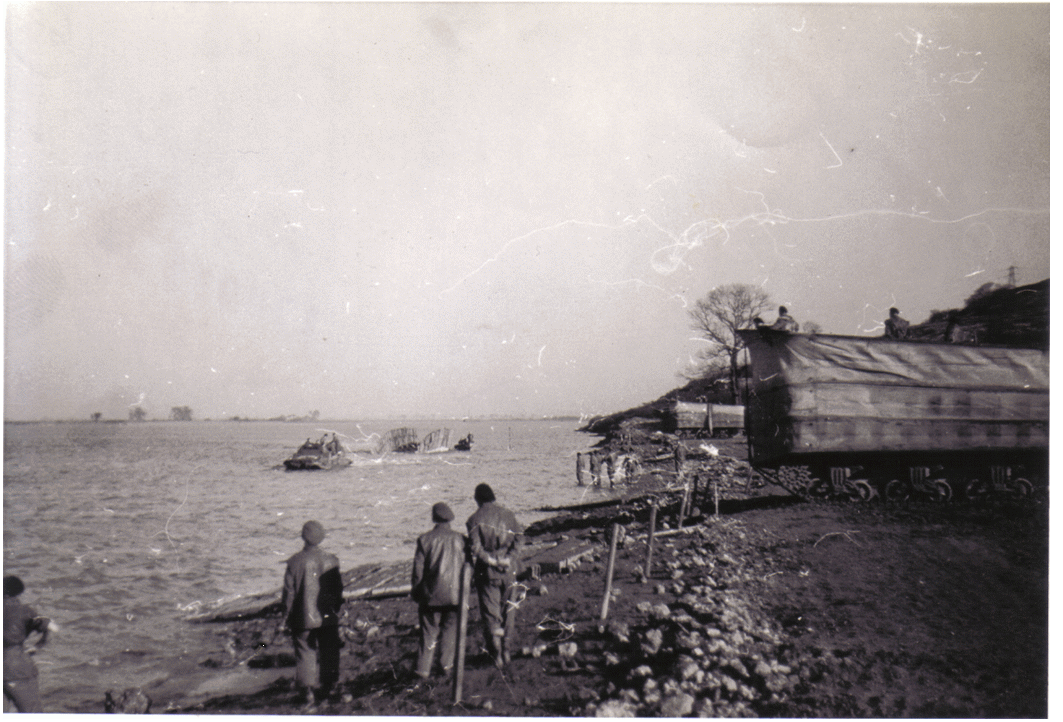
Most of the training was centred around controlling the DD tank on the River Trent, enforcing the challenging techniques to cross the 300ft wide tidal river. The syllabus taught the crews how to work with the river's current, and to use it to transport the tank, and the power of the propellers to keep station. Training necessitated the calculation of the route, using ratios and equations, and then navigating, these routes to their exit location.
Training for river crossing was best achieved by repeated practice on a river similar to the one to be crossed operationally. Likewise, swimming in strong currents required skills that the commander and driver could only acquire through practice and trial and error. The chief difficulty was keeping direction, as the currents would natural affect the response of the tank to steering. Crew had to thus learn the technique for entering the water, engaging the propellers and swimming into and with the current. For this reason, the DD tank crew would be required to enter the water sufficiently upstream from their landing point to allow them to swim straight across the current and arrive at their touchdown aided, rather than hampered, by the current. The touch down position would be a given distance downstream, and could be navigated to by aid of a directional compass.
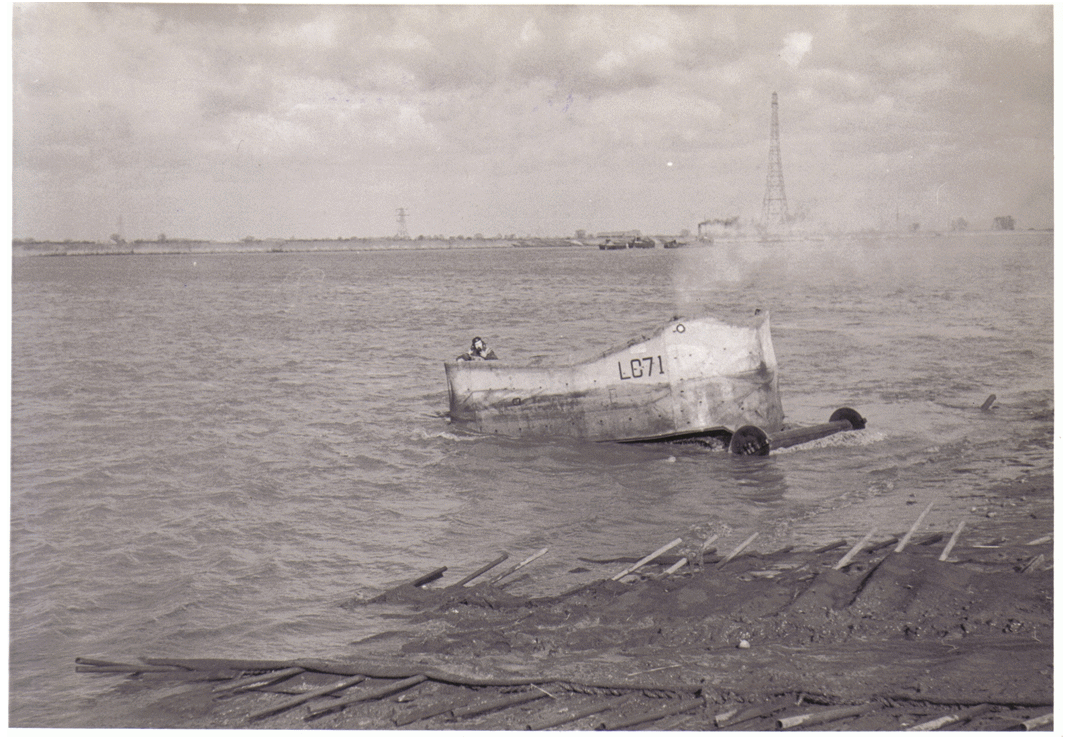
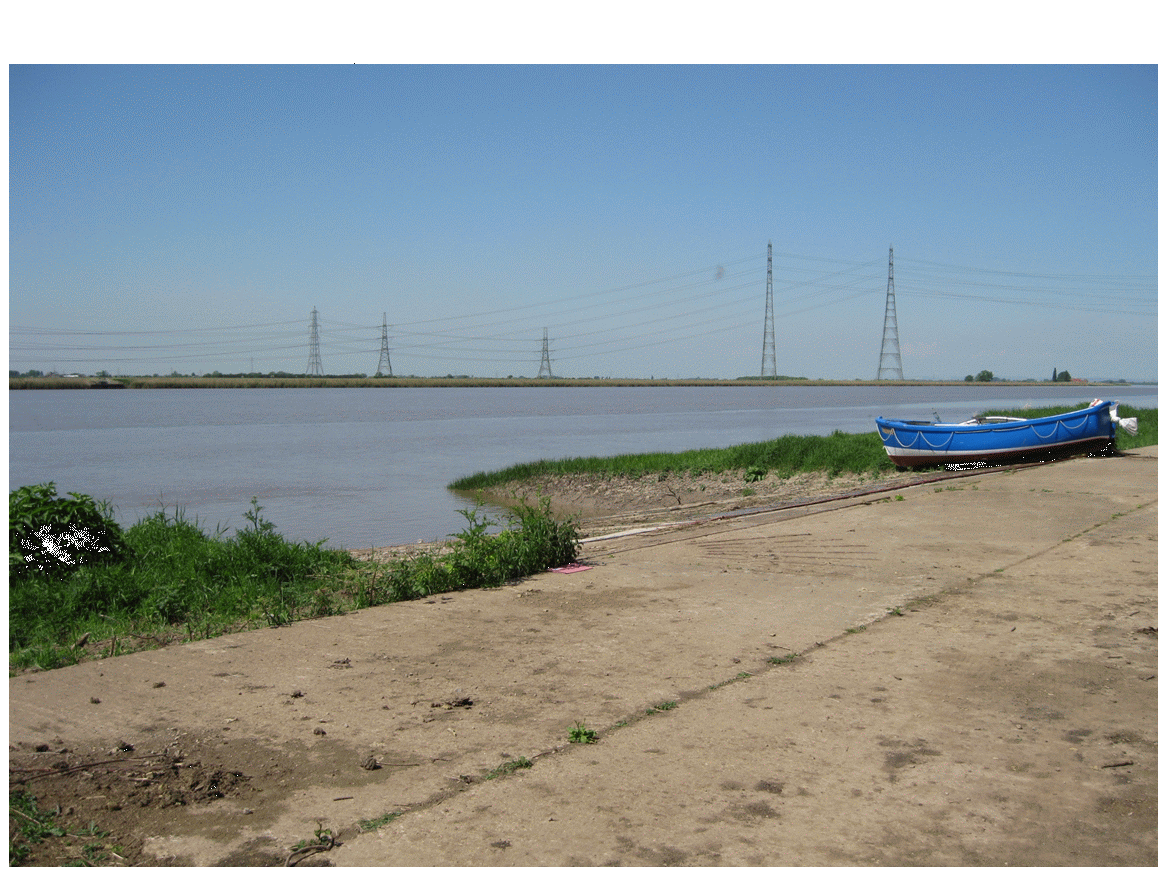
The only Regiment to undertake training at Burton upon Stather was the Staffordshire Yeomanry. They attended Fritton for two weeks in July 1944 where their training focued more on precision landing, rather than launching from LCTs and formation swimming. The unit arrived at Burton upon Stather with their DD Shermans and were able to practice landing on a bank 25ft in width. The Regiment, then transferred to a training area in Belgum where they continued training and were well prepared for pending operations. Further training Wings in Europe, run by the 79th Armoured Division were establsihed at Nijmenen, as well as on the River Maas and Waal, in order to train 736th US Tank Battalion and 7th Hussars.
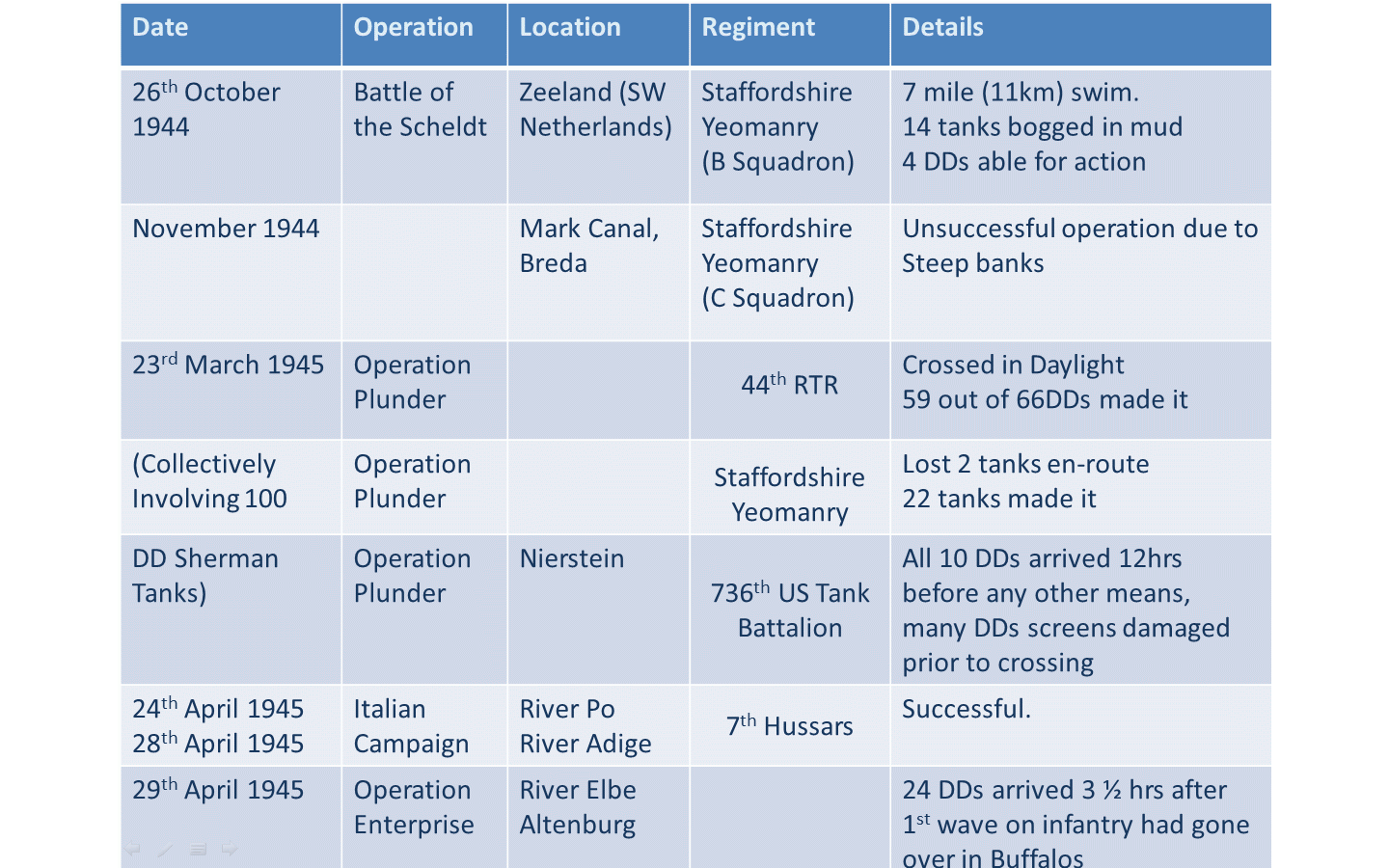
The Burton upon Stather site remained in Military hands up until 1947, but instead of tents, the men were initally accommodated at Winteringham Camp before taking acommodation at Normanby Hall. The Wing continued in use as a trials and development establishment assocaited with negociating soft banks and crossing fast flowing rivers. You can read more about POST WAR activities via the main menu, or visit the Burton-upon-Stather Heritge Group Website.
Today, some of the site is leased to the Burton-upon-Stather Heritage Group from Sir Reginald Sheffield. They are a passionate group who have worked tremendously hard over the last few years to restore the Tank Ramp and improve public access to the site.
Access is currently via a permissive route from the public bridleway at the top of the hill. Further information may be obtained from the group's website at BSHG.